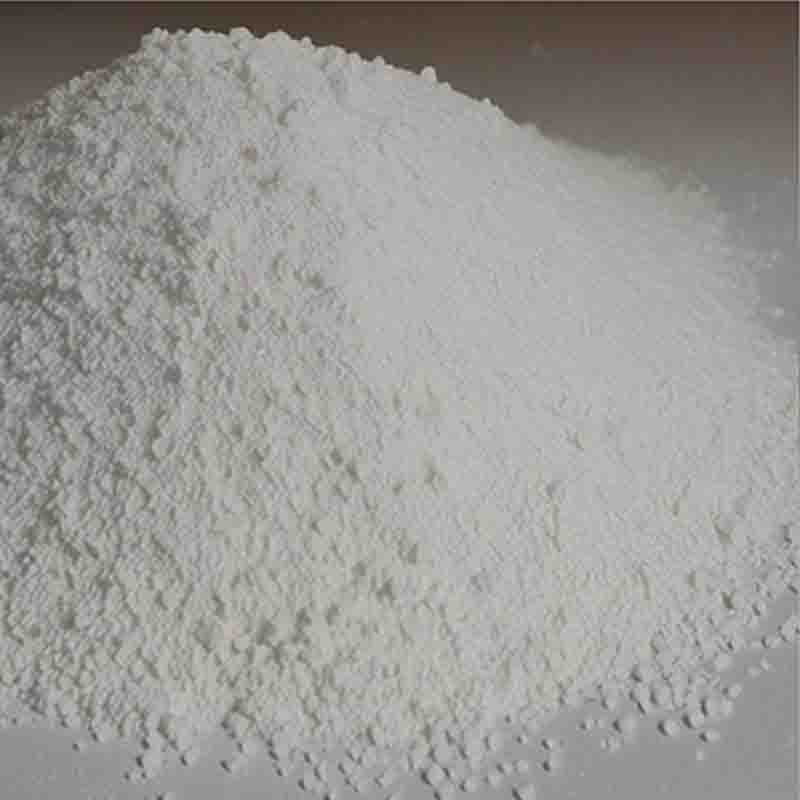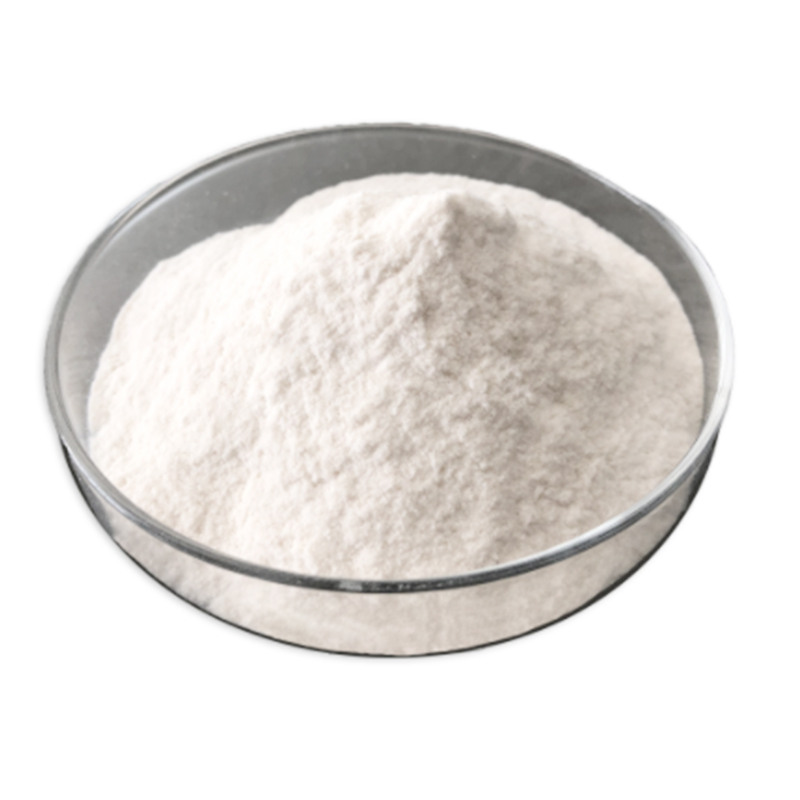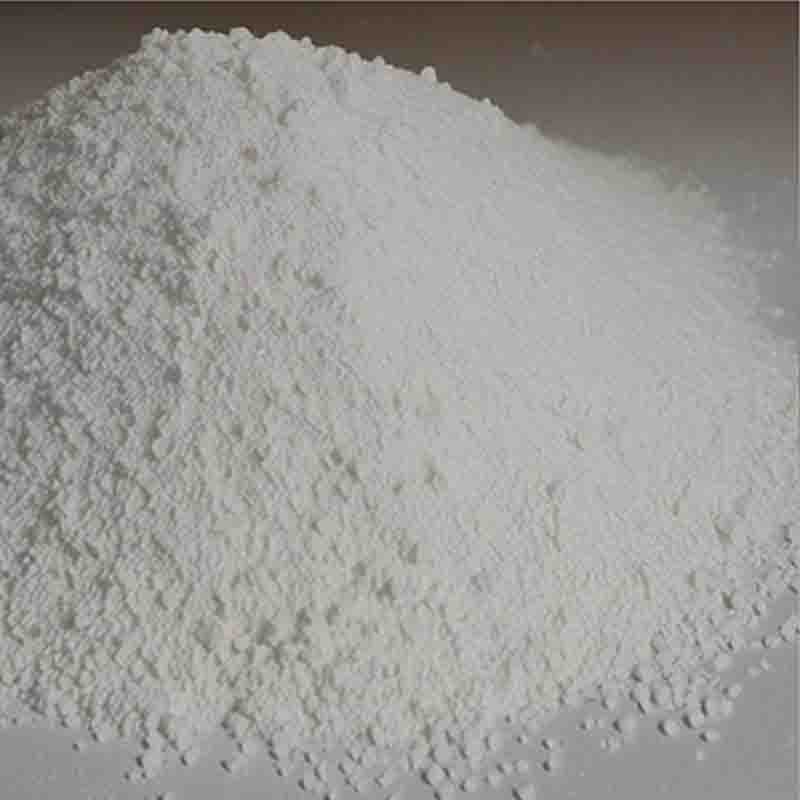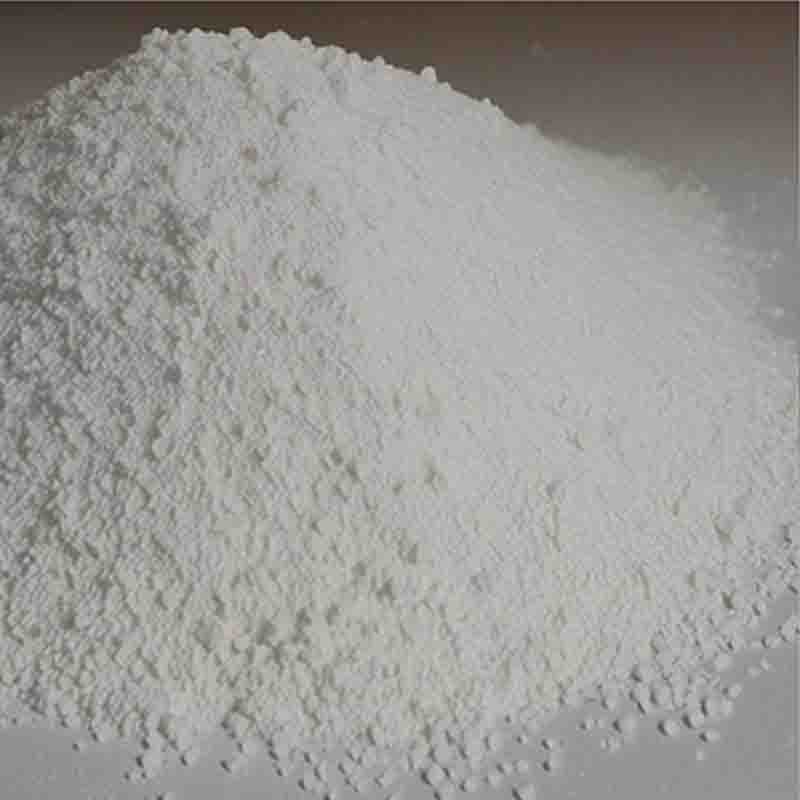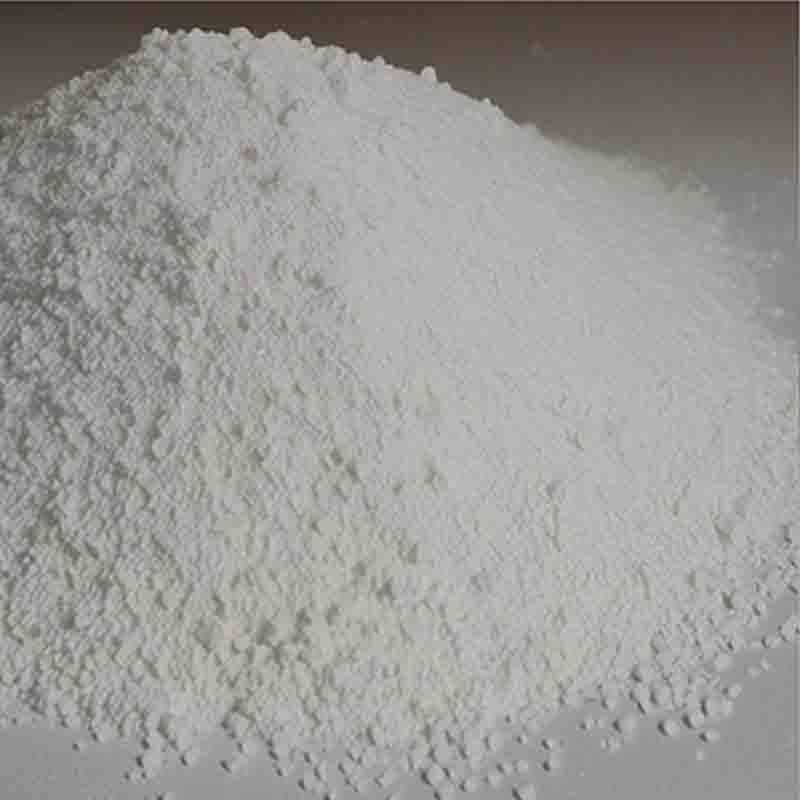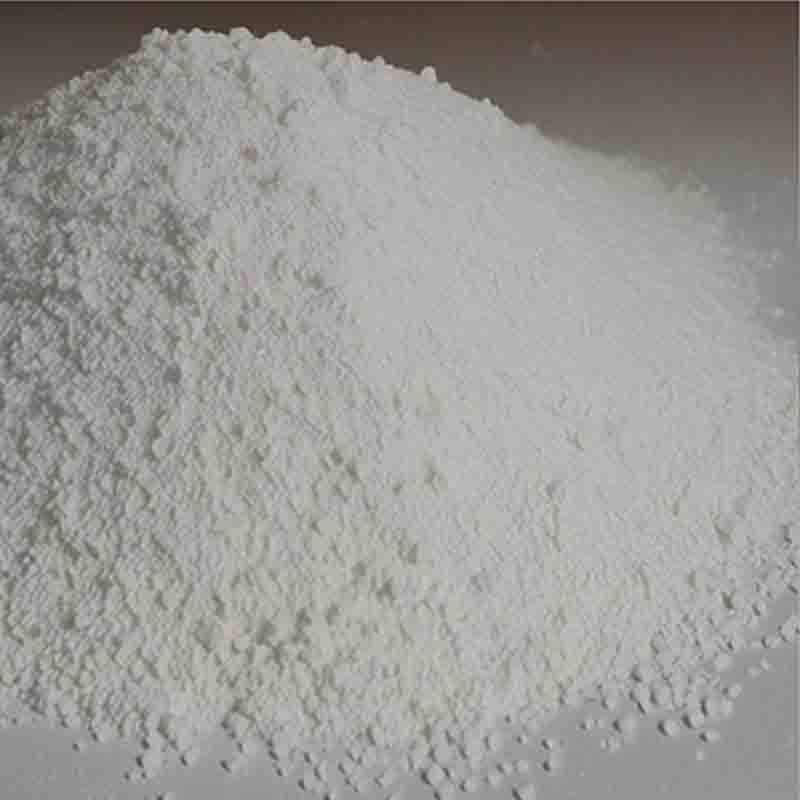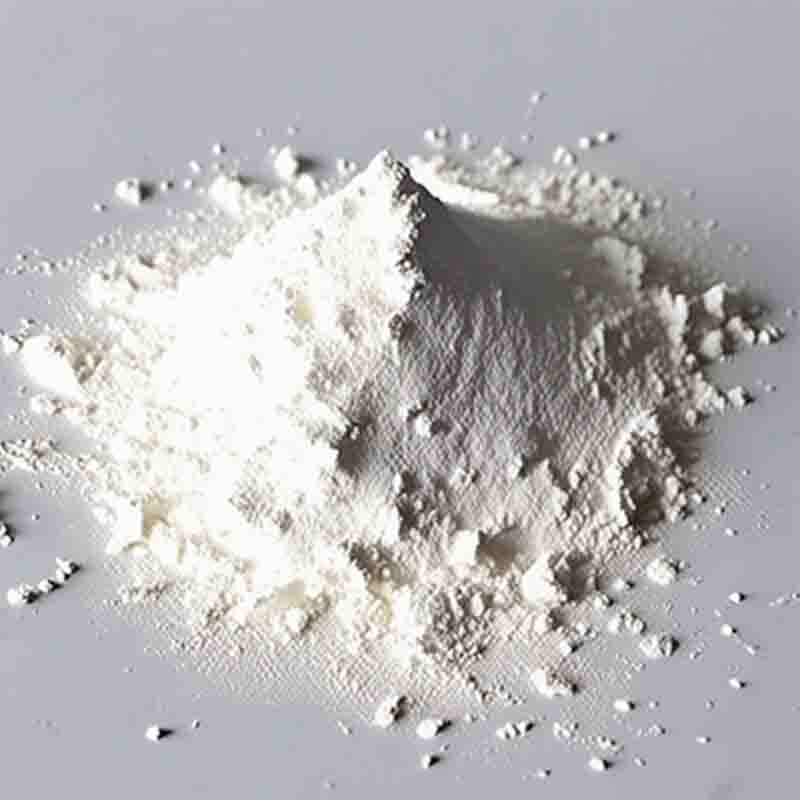2-(Trifluoromethoxy)benzylbromide CAS:198649-68-2
| Catalog Number | XD96229 |
| Product Name | 2-(Trifluoromethoxy)benzylbromide |
| CAS | 198649-68-2 |
| Molecular Formula | C8H6BrF3O |
| Molecular Weight | 255.03 |
| Storage Details | Ambient |
Product Specification
| Appearance | White powder |
| Assay | 99% min |
2-(Trifluoromethoxy)benzylbromide is a compound that has significant effects in various fields of chemistry due to the introduction of the trifluoromethoxy (CF3O) group. This group provides unique properties to the molecule that can be exploited in different applications.One notable effect of 2-(Trifluoromethoxy)benzylbromide is its role as a versatile building block in organic synthesis. The bromide group attached to the benzyl group serves as a leaving group, allowing for substitution reactions with nucleophiles. This feature enables the introduction of the trifluoromethoxy functionality into different molecules, leading to the synthesis of a wide range of organic compounds. These compounds find applications in medicinal chemistry, agrochemicals, and material science.In medicinal chemistry, the presence of the trifluoromethoxy group can significantly influence the biological activity of drugs. The CF3O group enhances the lipophilicity and metabolic stability of molecules, improving their absorption and bioavailability in the body. This can lead to increased efficacy and selectivity of drugs. The trifluoromethoxy group can also affect the molecular interactions between drugs and their targets, influencing their binding affinity and pharmacological properties.In agrochemicals, 2-(Trifluoromethoxy)benzylbromide can be used to synthesize compounds with enhanced herbicidal, fungicidal, or insecticidal activities. The trifluoromethoxy group can improve the physicochemical properties of these compounds, such as their lipophilicity and bioavailability, increasing their effectiveness as pesticides.Furthermore, the CF3O group’s electron-withdrawing nature can stabilize reactive intermediates, making it valuable in synthetic chemistry. It can stabilize and activate carbon-centered radicals or carbenium ions, facilitating various synthetic transformations. This property enables the construction of complex molecules through carbon-carbon bond formation or other types of reactions, expanding the synthetic toolbox for chemists.Overall, the presence of the trifluoromethoxy group in 2-(Trifluoromethoxy)benzylbromide imparts unique properties to the molecule that have significant effects in different areas of chemistry. Its ability to improve lipophilicity, metabolic stability, and molecular interactions makes it valuable in medicinal chemistry. Additionally, its reactivity in substitution reactions allows for the synthesis of diverse organic compounds. The electron-withdrawing and stabilizing effects of the CF3O group further contribute to its usefulness in synthetic chemistry. These effects make 2-(Trifluoromethoxy)benzylbromide a versatile compound with broad-ranging applications in various fields of chemistry.


